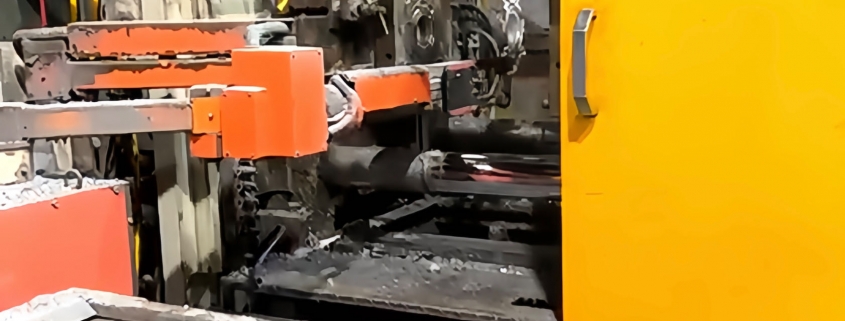Die Casting vs Permanent Mold Casting – What’s the Difference
For engineers designing various parts and components, choosing the right process to manufacture them can be a daunting task. There are several different casting processes that can be used to create metal parts, each with its own advantages and disadvantages. In this blog post, we’ll take a look at two of the most common casting processes – die casting and permanent mould casting,and compare how they differ.
1. Die Casting Process
Die casting is a manufacturing process that involves injecting molten metal into high-pressure moulds known as dies or “dies”. It produces sturdy parts with smooth surfaces and tight tolerances. Die castings are commonly used in the automotive, electronics, aerospace, medical device, and consumer product industries because of their ability to produce highly detailed parts quickly and accurately. The die-casting process is fast and cost-effective for mass production runs but can also produce small quantities of complex parts. It has been around since the late 19th century when it was first used to make intricate pieces of jewelry making.
2. Permanent Mold Casting Process
Permanent mould casting is another popular method for producing metal parts. This process involves pouring molten metal into an open-faced mould made from sand or metal (often steel). The heat from the molten metal causes the sand or metal mould to harden around it, which leaves an impression on the part once it cools down. This type of process has been used for centuries in different forms but became more popular in the 20th century with advancements in technology and materials science. Permanent mould castings have tight dimensional tolerances and are often used in industries such as automotive, aerospace, medical device manufacturing, valve body manufacturing, plumbing components etc.
3. Difference Between Die Casting and Permanent Mold Casting
- Die casting is a process that can be used to produce complex shapes with a high degree of accuracy.
- Permanent mould casting is a process that can be used to produce complex shapes with a high degree of accuracy.
- Die casting is typically faster than permanent mould casting.
- Permanent mould casting typically results in a higher-quality product.
- Die casting is more expensive than permanent mould casting.
- Permanent mould casting is less expensive than die casting.
4. Conclusion:
When deciding between die casting vs permanent mould casting for your next project, there are several factors you need to consider, such as cost, the complexity of design, production volume etc. Both processes offer advantages depending on your needs, so it’s important to do your research before selecting one over the other. Understanding how these two methods differ will help you make an informed decision about which process is best suited for your specific needs. By weighing all aspects, including cost-effectiveness against quality and accuracy, you will be able to understand which one is most suitable for your application requirements and budget constraints.





